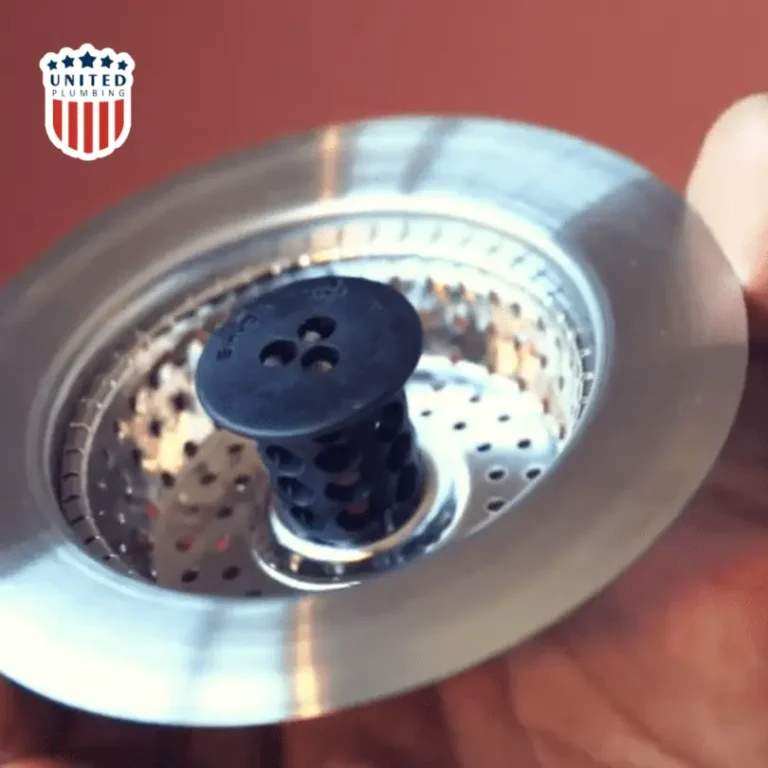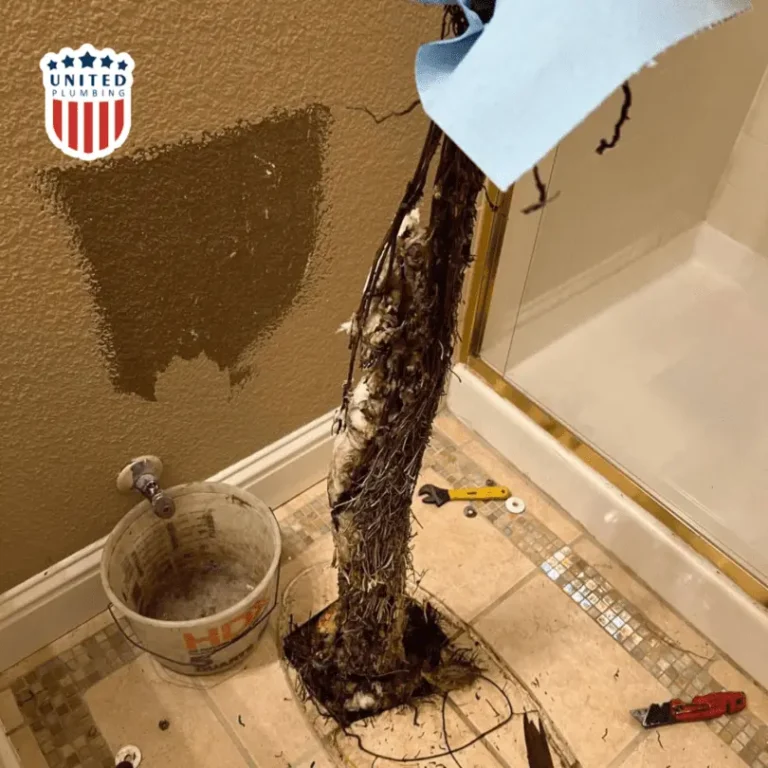FIVE-STAR TEAM WARRANTY &
SAME-DAY SERVICE
5 Tips to Prevent Clogged Main Lines
Clogged sewer lines are a homeowner’s nightmare. They lead to foul odors, backups, and potentially costly repairs. However, with some proactive measures, you can prevent clogs and keep your sewer lines flowing smoothly. Here are five essential tips to help you prevent clogged sewer lines and avoid the hassle and expense of dealing with backups.
Mind What Goes Down the Drain:
One of the primary causes of sewer line clogs is the improper disposal of waste. Avoid flushing anything other than toilet paper down the toilet. Items like paper towels, wipes, feminine hygiene products, and cotton balls can all accumulate in your pipes and lead to blockages. Similarly, in the kitchen, refrain from pouring grease, oil, or food scraps down the drain. Instead, dispose of these items in the trash or compost bin to prevent them from causing obstructions in your sewer lines.
Regular Maintenance:
Just like any other part of your home, sewer lines require regular maintenance to keep them in good working condition. Consider scheduling annual inspections with a professional plumber to check for any signs of damage or buildup in your sewer lines. Additionally, investing in routine sewer line cleaning can help prevent clogs by removing debris and buildup before they cause problems. By staying proactive with maintenance, you can catch issues early and prevent costly repairs down the line.
Install Drain Screens:
Another effective way to prevent clogged sewer lines is by installing drain screens or strainers in your sinks, showers, and tubs. These inexpensive devices catch hair, soap scum, and other debris before they have a chance to make their way into your sewer lines. Simply clean the screens regularly to remove trapped debris and ensure optimal performance. Drain screens are an easy and effective way to reduce the risk of clogs and keep your sewer lines flowing freely.

Be Mindful of Tree Roots:
Tree roots seeking moisture and nutrients can infiltrate sewer lines through small cracks or joints. Once inside, they can grow rapidly, causing blockages and damage to the pipes. To prevent tree root intrusion, be mindful of where you plant trees and shrubs on your property, especially near sewer lines. Consider consulting with a professional landscaper to determine the best locations for planting to avoid root interference with your sewer system. Additionally, regular root maintenance, such as trimming and root barriers, can help mitigate the risk of root infiltration.


Educate Household Members:
Preventing clogged sewer lines requires cooperation from everyone in the household. Educate family members about what should and should not go down the drain to minimize the risk of clogs. Encourage proper disposal practices and provide clear guidelines for handling waste. Additionally, teach household members to recognize the signs of a potential sewer line problem, such as slow drains, gurgling noises, or foul odors, and to alert you to any issues promptly. By fostering awareness and accountability, you can work together to maintain a healthy sewer system.
By following these five tips—minding what goes down the drain, scheduling regular maintenance, installing drain screens, being mindful of tree roots, and educating household members—you can significantly reduce the risk of sewer line clogs and keep your plumbing system functioning smoothly. Investing a little time and effort in preventative measures now can save you from costly repairs and disruptions in the future.
Post views: 511
Latest posts

How Long Do Water Heaters Last? Typical Lifespan by Type (Homeowner’s Guide)
Your water heater works quietly behind the scenes every single day until one day it doesn’t. One of the most common...

Electrical Panel Upgrade California: Costs, Safety & When You Need One
An electrical panel upgrade in California is one of the most important safety and performance improvements a...


If you still have questions or need advice, please leave a request and we will contact you as soon as possible
Need a plumber and got no clue where to start?
(408) 539-6936Facing a plumbing issue? Get a FREE in-person estimate and quick solutions from our skilled technicians, ensuring your home runs smoothly again!
